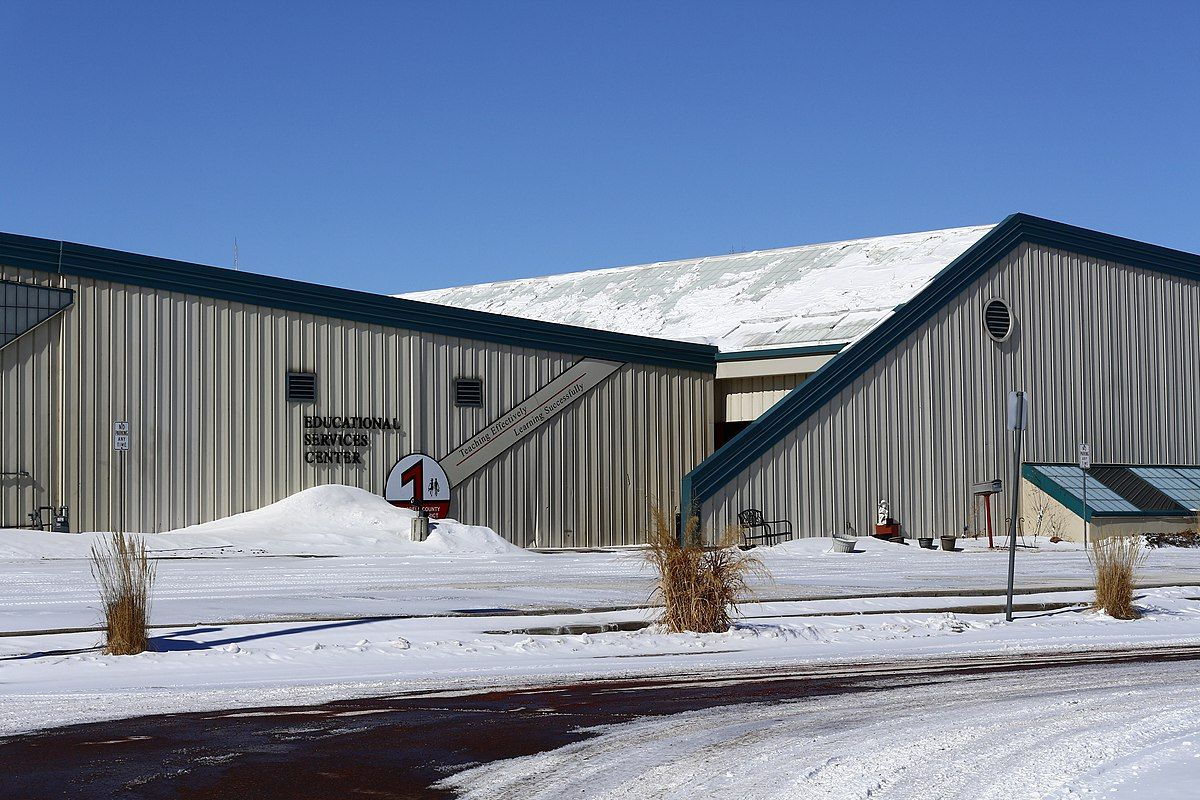Housing costs have placed a heavy burden on many Americans for years. Persistently high rents and home prices, coupled with wage growth that hasn't kept pace, have made owning or renting a home increasingly difficult. But as inflation begins to cool, experts say it could provide some relief - if other measures are also taken to directly address housing affordability.
Inflation Impact
Inflation, which has been at near 40-year highs this year, has contributed to rising housing costs in several ways. First, inflation in basic construction materials like lumber and steel have increased building costs. This has likely had dampening impacts on new home construction, limiting housing supply. Additionally, the Federal Reserve has aggressively raised interest rates this year in an effort to slow price increases. While helping cool demand across the economy, higher mortgage rates have made buying a home significantly more expensive for many potential buyers.
As inflation has started to ease from highs earlier in 2022, some analysts are hopeful this could have positive effects on housing. Slower price growth means construction costs may rise at a more gradual pace, allowing homebuilders to increase supply. Additionally, signs of cooler inflation have led many to forecast less aggressive rate hikes from the Fed going forward. This could translate to lower mortgage rates in 2023, making purchasing a home less cost-prohibitive.
But inflation is still running hot and housing supply remains tight. Experts emphasize that cooling consumer prices alone may do little without concurrent actions to boost housing production and affordability. Only with continued flexible monetary policy, regulatory reforms, and housing assistance programs could fading inflation meaningfully benefit the housing market.
Related: Students Struggle With Rising Rents And Limited Housing Options In Boston
Supply and Affordability Hurdles Remain

One major issue limiting housing relief from inflation is the ongoing shortage of available homes, particularly starter homes and affordable rental units. High construction costs and lengthy approval times have discouraged new building in recent years, exacerbating supply problems. Without a large boost in production, home prices and rents are unlikely to drop substantially even if overall price growth slows.
Limited housing supply also means there is less downward pressure on costs when demand cools. Many local leaders are therefore pushing development reforms to incentivize denser, walkable neighborhoods and expand housing types like duplexes and garden apartments currently prohibited in most residential areas. Addressing restrictive zoning policies that hold back production could be key to leveraging softer inflation into housing affordability gains.
For renters especially, limited supply and meager real wage growth will still squeeze budgets even if inflation decelerates. Housing advocates argue more rental assistance and incentives for affordable housing construction are still urgently needed as prices remain unaffordable for low-to-middle income households. Continued economic uncertainty also highlights the need for strong tenant protections to prevent a wave of evictions if recession hits.
Monetary Policy Outlook Critical
Looking ahead, the stance of monetary policy will continue dictating how much inflation and interest rates impact the housing sector. Persistently high rates aimed at further cooling consumer demand could still place home purchases out of reach for potential buyers.
But if the central bank pivots next year towards more moderate hikes or rate cuts, that would provide significant housing relief through lower borrowing costs. An accommodative Fed combined with progress on housing supply could allow inflation easing to finally translate to meaningful changes in real estate affordability.
Overall, while moderating inflation offers hope, simply awaiting slower overall price growth is unlikely to "fix" higher housing costs on its own after years of challenges. Addressing root causes like constrained supply through land use reforms, rental assistance, and careful rate setting will also be needed to leverage economic improvements into housing relief for those struggling most. With ongoing coordination of fiscal and monetary policy, fading inflation could eventually contribute to an affordability upswing - but major hurdles still remain.





